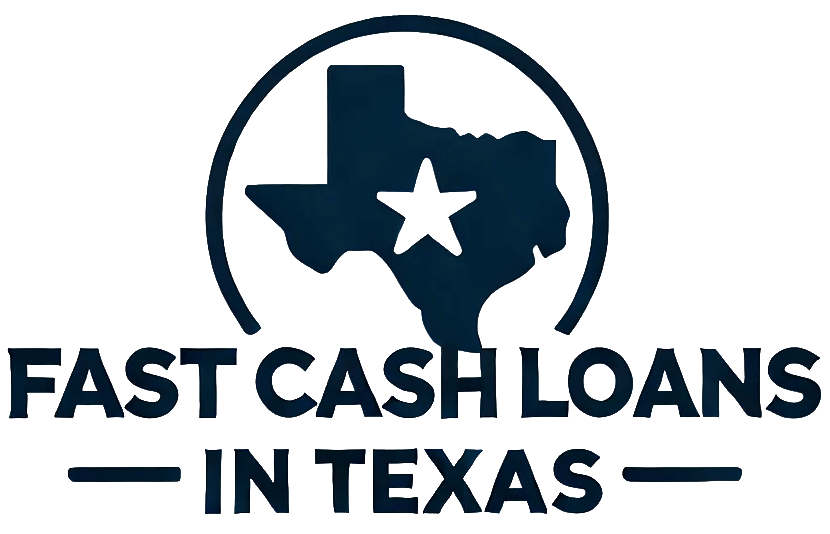Life doesn’t always go according to plan. Whether you’re dealing with unexpected medical bills, urgent home repairs, or need funds for a big purchase, sometimes a $10,000 loan can help you regain control of your finances. However, getting approved for a loan can be daunting, especially if you’re not sure where to turn or how to choose the best offer. This guide walks you through the process of securing a $10,000 loan, highlights potential challenges you may face, and offers insight into loan costs, eligibility, and how to find the best lender for your situation.
Understanding Your Loan Needs
A $10,000 loan can solve many problems, but it’s important to understand when it’s the right solution for you. Most borrowers opt for personal loans of this size to cover urgent expenses such as medical bills, home repairs, or to consolidate existing debt. Personal loans are popular because they offer flexibility, with both secured and unsecured options available, depending on your creditworthiness and the lender’s requirements.
While a personal loan is a valuable resource, it’s not the best option for every situation. For instance, funding for vacations or luxury purchases can often be better served with credit cards or savings rather than taking on more debt. Consider your financial situation carefully to ensure you are making a sound decision.
Where to Get a $10,000 Loan
Personal loans of up to $10,000 are widely available from a range of lenders. Traditional options include banks, credit unions, and online lenders. If you have an established relationship with a bank, it might be the easiest place to start. However, if speed and flexibility are crucial, online lenders are known for their fast application processes and competitive rates.
When searching for a lender, it’s important to compare offers based on the annual percentage rate (APR), loan terms, fees, and the lender’s reputation. For example, some lenders charge origination fees or penalty fees for early repayment, so make sure to read the fine print.
Repayment Costs of a $10,000 Loan
The total cost of a $10,000 loan depends on the term length and interest rate. A shorter loan term usually results in higher monthly payments but lower overall interest, while a longer term will reduce monthly payments but increase the total amount paid over time. For example, a 36-month loan at an APR of 10% would have a monthly payment of $322.67, costing around $1,616.19 in interest. A 60-month loan at the same rate would have a lower monthly payment ($212.47), but the total interest paid would rise to $2,748.23.
Can You Get a $10,000 Loan with Bad Credit?
Yes, it’s possible to secure a $10,000 loan with bad credit, but the terms will typically be less favorable. Expect higher interest rates, which can significantly increase the total cost of the loan. Some strategies to improve your chances include adding a cosigner, offering collateral for a secured loan, or improving your debt-to-income ratio by paying down existing debts.
Alternatives to a $10,000 Personal Loan
If a $10,000 personal loan doesn’t seem like the best option, consider alternatives like credit cards, home equity loans, or peer-to-peer (P2P) lending. Credit cards may offer temporary relief but often come with high interest rates, while home equity loans or lines of credit (HELOCs) might offer better rates if you have significant equity in your home. P2P loans, funded by individual investors, are another option but tend to carry higher interest rates.
